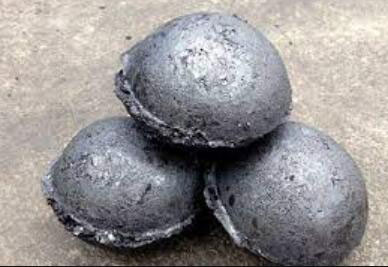What is the Composition of Soderberg Electrode Paste?
If you are familiar with the world of metallurgy and aluminum production, you might have heard of soderberg electrode paste. Soderberg electrode paste is a key component in the production of aluminum, but what exactly is it and what is its composition?
Soderberg electrode paste is a mixture of various materials that are used in the smelting of aluminum. It is a carbonaceous material that is used as an electrode in the electrolysis process, which is used to extract aluminum from bauxite ore. The paste is named after its inventor, the Swedish metallurgist Gunnar Soderberg.

Composition of Soderberg Electrode Paste
The exact composition of Soderberg electrode paste can vary depending on the specific requirements of the aluminum production process. However, generally, the paste consists of the following components:
Anthracite coal: This is a type of coal that is used as the main ingredient in the paste. It is a high-quality, hard coal that has a low sulfur content and a high carbon content.
Coal tar pitch: This is a byproduct of the coal distillation process and is used as a binder in the paste. It helps to hold the paste together and ensures that it stays in place during the electrolysis process.
Calcined petroleum coke: This is a high-quality carbon material that is used to add carbon to the paste. It helps to ensure that the paste has the correct level of electrical conductivity.
Anode scrap: This is a material that is recycled from the previous electrolysis process. It is added to the paste to help reduce the overall cost of production.
Butts: These are the ends of the electrodes that are left over after the electrolysis process. They are crushed and added to the paste to help improve its electrical conductivity.





